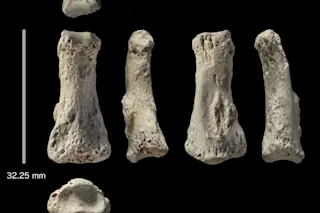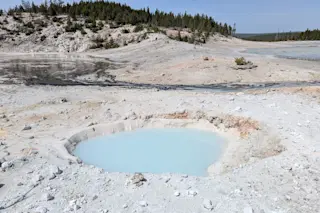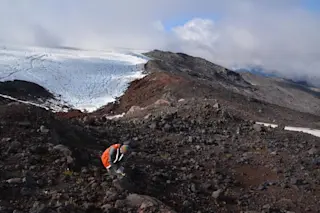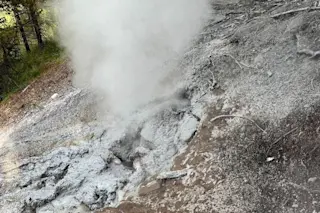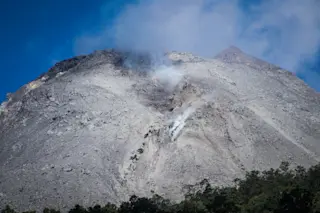Found at the site of Al Wusta, in the Arabian desert, this fossilized finger bone establishes our species had moved well beyond Africa by 85,000 years ago. (Credit Ian Cartwright) Well, well, well...you could say a new and highly significant fossil is really giving the finger to the human evolution and migration timeline once considered all but carved in stone. A discovery in the Arabian desert confirms Homo sapiens had wandered far beyond our ancestral African homeland thousands of years earlier than previously thought. Over the past few years, a number of separate research teams have been turning up evidence, including fossils, artifacts and genetic data, that have toppled the crusty old timeline for human evolution and dispersal beyond Africa. For decades, the now-stale story of our evolution and migration across the planet was thought to begin in Africa about 200,000 years ago with the emergence of archaic H. sapiens, ...
Fossil From Arabian Desert, 85,000 Years Old, Challenges Our Timeline
Explore the human evolution timeline with new findings from Al Wusta, revealing earlier human migration beyond Africa.
More on Discover
Stay Curious
SubscribeTo The Magazine
Save up to 40% off the cover price when you subscribe to Discover magazine.
Subscribe

